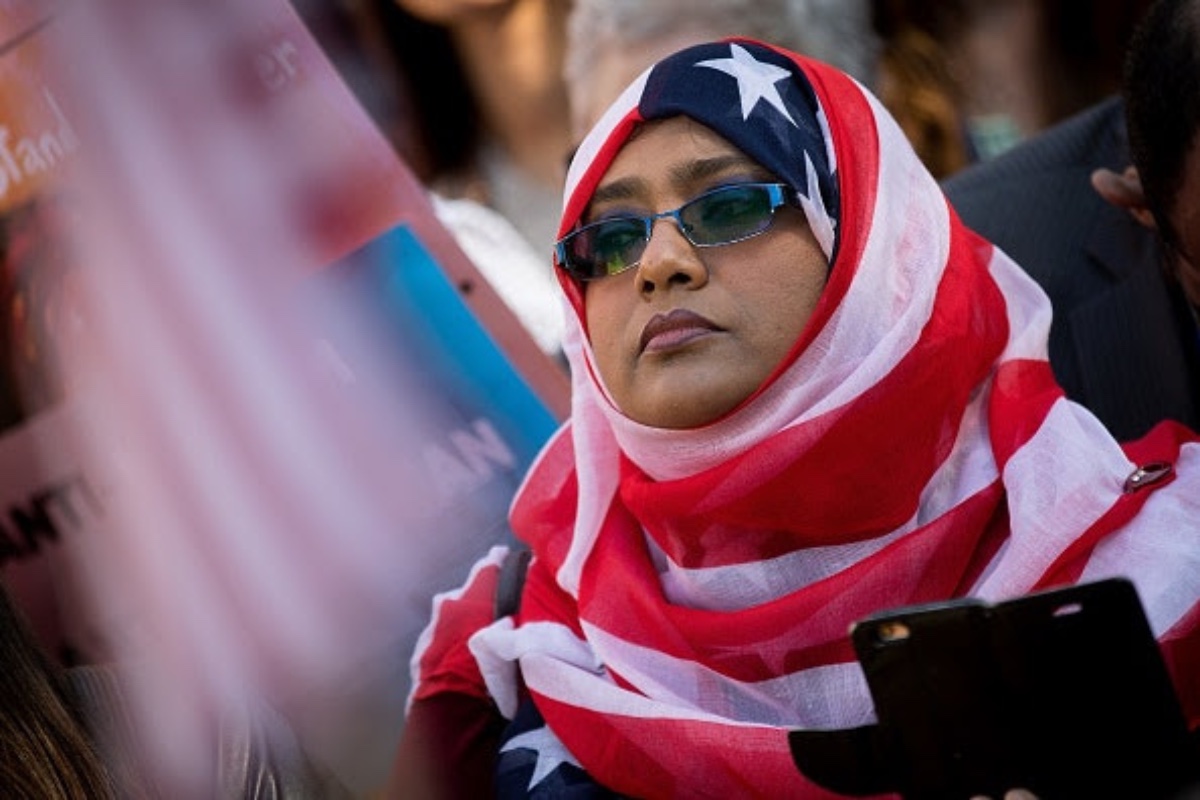Making Things Worse in the Middle East
By Fareed Zakaria
Over the past few months, the Middle East has become an even more violent place than usual. Iraq is now once again home to one of the most bloody civil wars in the world, after Syria of course, which is the worst. Watching these horrors unfold, many in the United States are convinced that this is Washington’s fault or that, at the very least, the Obama administration’s “passive†approach toward the region has allowed instability to build. In fact, the last thing the region needs is more U.S. intervention.
The Middle East is in the midst of a sectarian struggle, like those between Catholics and Protestants in Europe in the age of the Reformation. These tensions are rooted in history and politics and will not easily go away.
Three factors have led us to this state of affairs. First, the structure of Middle Eastern states. The modern Middle East was created by the colonial powers at the end of World War I. The states the British and French created, often with little forethought, were composed of disparate groups that had no history of being governed as one entity. Iraq, for example, was formed by putting together three Ottoman provinces that had little in common.
The colonial powers often chose a set of rulers who came from a minority group. (It was a cunning strategy. A minority regime always needs the help of some outside force to rule.) Thus the French, when facing a nationalist insurgency in Syria in the 1930s and 1940s, recruited heavily from the then-persecuted Alawite minority, which came to dominate the army and, in particular, the officer corps of the country.
The second factor at work has been the rising tide of Islamic fundamentalism. Its causes are various — the rise of Saudi Arabia and its export of puritanical Wahhabi ideas, the Iranian revolution and the discrediting of Westernization as the secular republics in the region morphed into military dictatorships.
The most important states in the Middle East — Gamal Abdel Nasser’s Egypt, for example — were not sectarian; in fact, they stressed their secular mind-set. But over time, as these regimes failed, they drew increasingly from particular tribes that were loyal to them. Saddam Hussein’s Iraq went from mildly sectarian to rabidly so by the 1990s.
Often the new sectarianism reinforced existing patterns of domination. When you travel in the Middle East, you often hear that these Sunni-Shiite differences are wholly invented and that people always lived happily together in the old days. These comments are almost always made by Sunnis, who assumed that their Shiite brethren, who were rarely seen or heard in the corridors of power, were perfectly content with their subordinate status.
The third factor is one involving Washington deeply: the invasion of Iraq. If a single action accelerated the sectarian conflicts in the Middle East, it was the decision of the George W. Bush administration to topple Saddam Hussein’s regime, dismantle all structures in which Sunnis had power and then hand over the Iraqi state to Shiite religious parties.
Washington in those days was consumed with the idea of transforming the Middle East and paid little attention to the sectarian dimensions of what it was unleashing. I met with the current prime minister of Iraq, Nouri al-Maliki, in 2005 when he held no office. I described him then as “a hard-line Shiite, unyielding in his religious views and extremely punitive toward the Sunnis. He did not strike me as a man who wanted national reconciliation.†It was also clear that, having lived in exile in Syria and Iran for almost two decades, Maliki was close to both those regimes, which had sheltered him and his colleagues. Bush administration officials dismissed these concerns and told me that Maliki believed in democracy and pluralism.
The consequences of these policies are now clear. The Shiites proceeded to oppress the Sunnis — seemingly with Washington’s blessings. More than 2 million Iraqis — mostly Sunnis and Christians — fled the country, never to return. The Sunni minority in Iraq, which still had delusions of power, began fighting back as an insurgency and then became more extreme and Islamist. These tribes are all tied by blood and kinship to Sunni tribes in their next-door neighbor, Syria, and those Syrian Sunnis were radicalized as they watched the Iraqi civil war.
As violence has flared up in Iraq again, a bevy of Bush administration officials has risen to argue that if only the United States were more actively involved in Iraq, had a few thousand troops there, fought against Sunni militants while pressing Maliki more firmly, things would be very different. Not only does this perspective misunderstand the very deep nature of the conflict in the Middle East but it also fails to see that Washington choosing one side over another made matters substantially worse. One more round of U.S. intervention, in a complex conflict of religion and politics, will only add fuel to the fires in the Middle East.
16-5














2014
826 views
views
0
comments